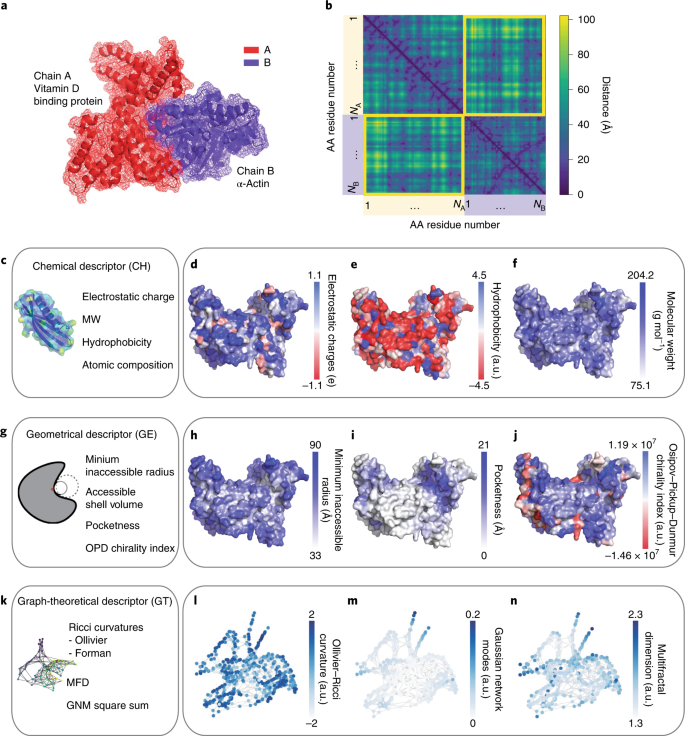2022-05-23 カリフォルニア大学バークレー校(UCB)
ムササビはもちろん、滑空するカエルやヤモリ、アリなどの昆虫も、木から木へ飛び移るときや落下するときに、地面に着地しないように、同様の空中行動をとることが知られている。
同様に、このサンショウウオのスカイダイビングの技術は、地上の捕食者を避けるために、落ちたり飛び降りたりした木に戻るための操縦法ではないかと、研究者は推測している。
<関連情報>
- https://news.berkeley.edu/2022/05/23/skydiving-salamanders-live-in-worlds-tallest-trees/
- https://www.cell.com/current-biology/fulltext/S0960-9822(22)00602-9
樹上性サンショウウオの滑空とパラシュート降下 Gliding and parachuting by arboreal salamanders
Christian E. Brown,Erik A. Sathe,Robert Dudley,Stephen M. Deban
Current Biology Published:MAY 23, 2022
DOI:https://doi.org/10.1016/j.cub.2022.04.033

Summary
Wandering salamanders (Aneides vagrans) reside in the crowns of the world’s tallest trees and have been observed to readily jump from the canopy when disturbed1,2
. Here, we describe the aerial performance of falling A. vagrans, which maintain stable gliding postures via adjustments of the limbs and tail in lieu of specialized control surfaces. In wind tunnel trials, A. vagrans parachuted consistently and slowed their vertical speed by up to 10% while falling. Furthermore, A. vagrans coupled parachuting with parasagittal undulations of the tail and torso to effect gliding at non-vertical angles (minimum of ∼84°) in 58% of trials. Selection pressures imposed on falling from heights can be substantial, and have resulted in the evolution of diverse aerial behaviors among arboreal taxa; nonetheless, aerial behavior occurring in arboreal salamanders is surprising, and calls for further work on the natural occurrence of falling, gliding, and directed aerial descent in canopy-dwelling tetrapods.


